In this article we explain what crossed laterality is and we suggest four activities to work on laterality.
What is laterality?
Laterality is the distribution of functions established between the two cerebral hemispheres. From this distribution depends the preferential use of one side of the body or the other (right or left) for the execution of actions.
This laterality derives from the binary organization of our nervous system. In fact, this dual articulation is common in our body: two ears, two eyes, two lungs, two kidneys, etc.
Our brain, in turn, has two specialized hemispheric structures that are responsible for controlling the whole complex dual system. These cerebral hemispheres also present cortical lateralization, which consists of a specialization in certain cognitive functions.
A well-established laterality is a facilitator of different learnings from around ages 4 or 5, being a risk factor otherwise.
When do we talk about crossed laterality?
We speak of crossed laterality when there is a laterality different from the manual one for feet, eyes, or ears.
Homogeneous laterality occurs when hand, foot, eye, and ear all show dominance on the same side of the body (left or right).
Hand-eye crossed laterality has been the most studied and is often synonymous with learning problems, especially in reading and writing processes.
It should be differentiated from forced laterality, which consists of the inversion of one or more members to the detriment of the child’s natural tendency (for example, a left-handed child who is forced to learn to write with the right hand).
Crossed laterality and learning
From Primary Education onwards, children with poorly defined or crossed laterality may present specific learning difficulties.
Around 25% of schoolchildren have learning problems related to laterality (Ferré, Catalá, Casaprima y Mombiela, 2000).
Symptoms
Among the most common symptoms we highlight the following:
- Difficulties in the automatization of reading, writing, or calculation,
- problems in the proper organization of space and time,
- difficulties in ordering encoded information,
In fact, crossed laterality very often appears in diagnoses of ADHD and Specific Learning Disorders (SLD), so comorbidity is high.
Among the difficulties in the development of laterality, the most frequent is usually the so-called simple lateral crossing, in which the child habitually uses their dominant eye and writes with the non-dominant hand. In these cases it is important to point out that, if it is decided to correct the laterality, it is advisable to act on changing hand dominance before that of the eye. It is less complicated and we will act in favor of the child’s neuro-biological tendency.
Exercises to prevent crossed laterality
As professionals, it is important to be aware of the lateralization process underlying the child we have to work with. There are various activities aimed at reinforcing laterality, promoting control and awareness of one’s own body, as well as spatio-temporal awareness. Some interesting activities are:
- Aiming games: bowling, dartboards, tossing crumpled paper balls into a wastebasket, etc.
- Manual pressure or modeling games: we can work with slime, modeling clay, etc., and ask the child to make figures each time with one hand.
- Scavenger hunt with left-right verbalizations: We hide something and guide the child to find it using only directional indications.
- The sculptor game: We tell the child to stay still, we approach them and guide their body to place it in the position we want. Then, they have to repeat the same “sculpture” on our body.
- Tangram: The Tangram is an excellent resource to reinforce laterality. It can be used in physical format, or on tablets or computers.

Subscribe
to our
Newsletter
Activities to work on laterality with NeuronUP:
NeuronUP offers more than 6,000 brain training activities, among which we can select the most suitable ones to reinforce laterality, work on hemineglect and spatio-temporal orientation.
We can find activities to work on laterality with NeuronUP such as:
1. Program the Robot
What does it consist of?
It consists of mirror-copying the distribution of colored light bulbs on a robot. It is a very complete activity and children love it. With this exercise, it trains sustained attention, selective attention, hemineglect, spatial relation and processing speed.
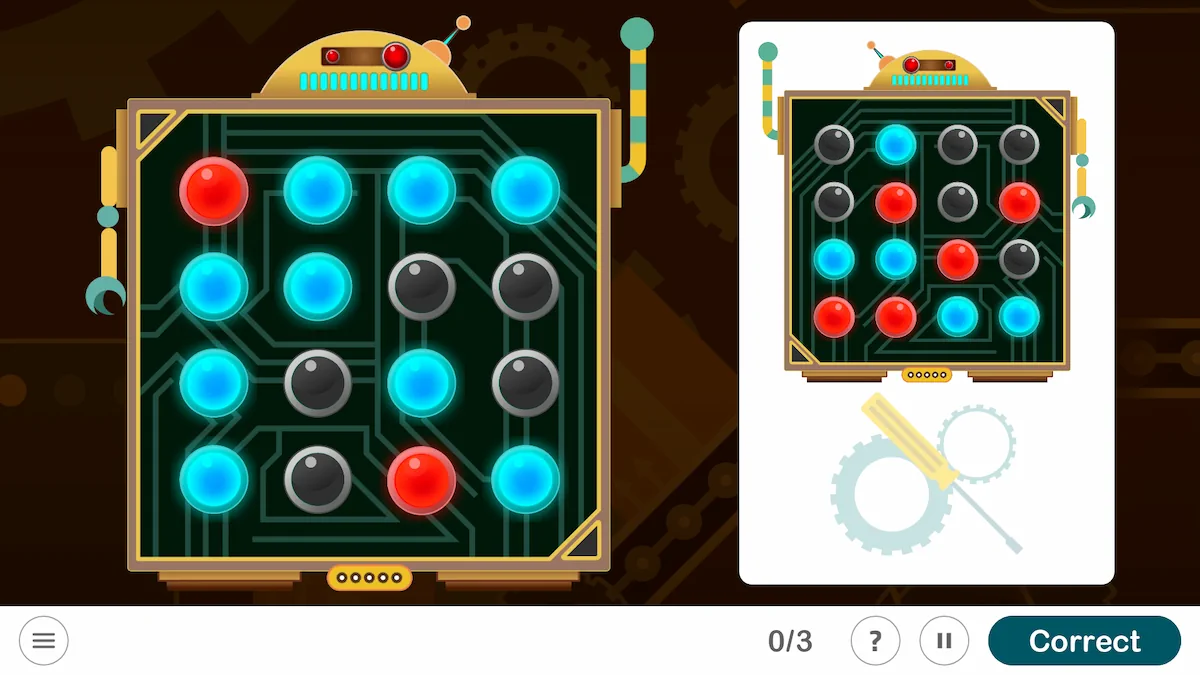
What does this activity train?
With this exercise it trains sustained attention, selective attention, hemineglect, spatial relation, and processing speed.
2. Intertwined
What does it consist of?
This activity consists of forming a geometric figure by moving its vertices so that none of its sides cross.
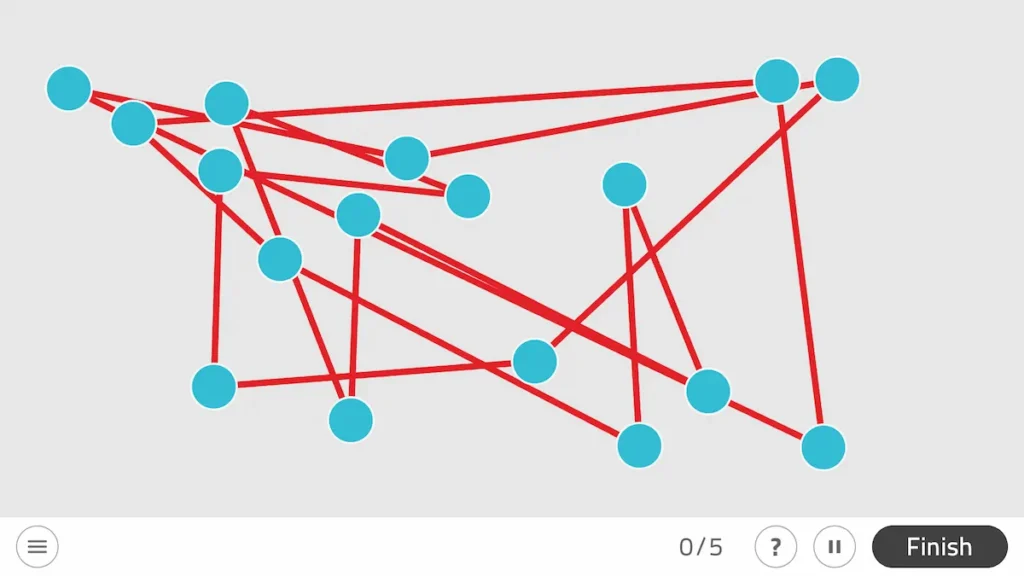
What does this activity train?
It is ideal for working on spatial visualization and planning.
3. The Mysterious Garden
What does it consist of?
It consists of determining the spatial correspondence of a previously given stimulus. Users are shown images of flowers, animals, and bugs and must place them in the exact spot where they were in the presentation.
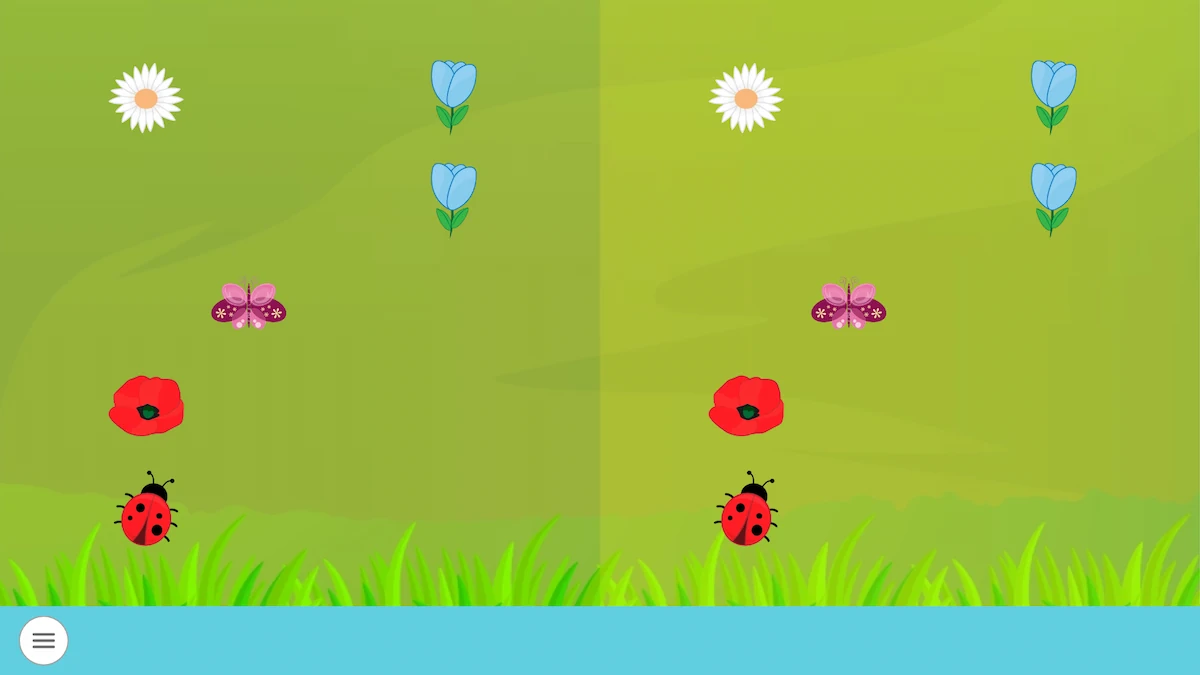
What does this activity train?
It trains the spatial relationship.
4. Let the Games Begin!
The last of the activities to work on laterality with NeuronUP that we propose today is Let the Games Begin!
What does it consist of?
This activity is especially stimulating, in which the objective is to pass the soccer balls to the soccer field and the basketballs to the basketball court, while these move without direction and try to sneak into the opposing field.
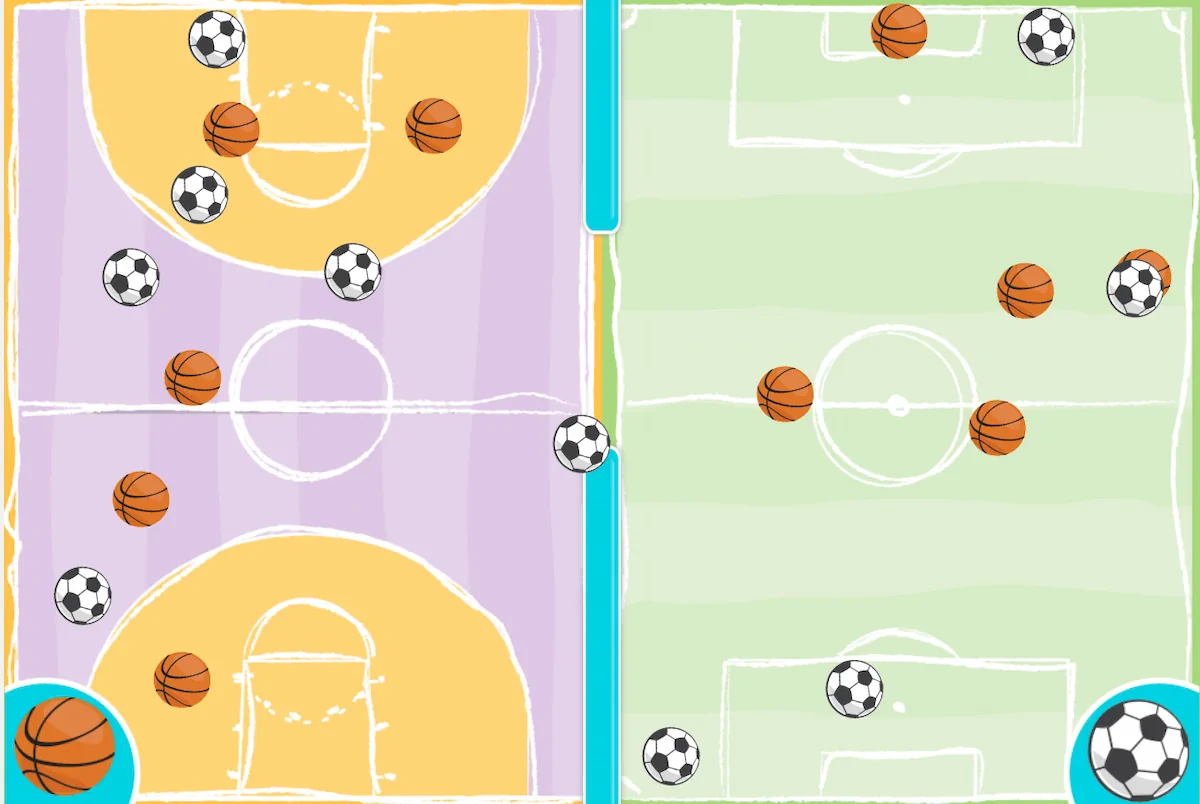
What does this activity train?
Children will train planning, selective attention, sustained attention, hemineglect and processing speed.
These are just some suggestions of activities to work on laterality with NeuronUP. Within the platform there are many variants and levels to make a very complete training and reinforce laterality in an innovative and fun way. You can request a free trial of NeuronUP to try them:
If you liked this article about activities to work on laterality, you may also be interested in the following:
“This article has been translated. Link to the original article in Spanish:”
Lateralidad cruzada y dificultades de aprendizaje: actividades para trabajar la lateralidad


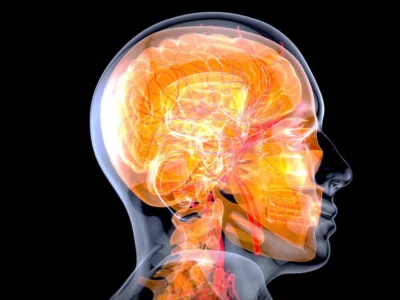
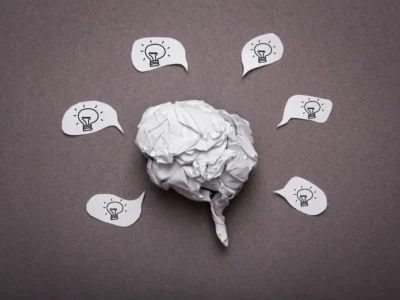
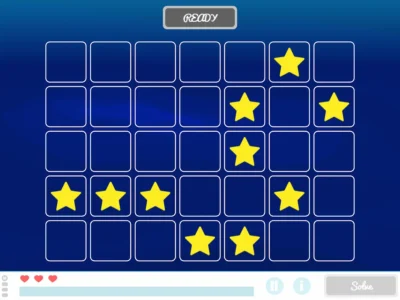
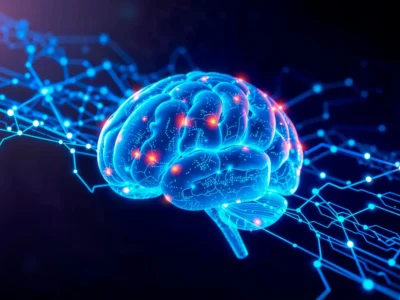
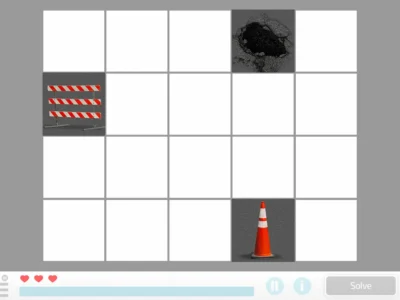
 Exercise to work on episodic memory with children
Exercise to work on episodic memory with children
My grandson had prolonged fits at 5-6months old & was treated with phenobarbital. He was weaned off the drug after some months & didn’t have multiple fits again.
He is now 8yrs old and is causing me concern. He has a VERY short attention span. If the teacher leaves him with work when she returns he’s still looking at it. I estimate his Reading age to be 2yrs behind. He is very slow and has to have large print. He is better with Maths than English. He can dress himself but has velcro shoes instead of lace ups. He likes to play but not work. He has a difficulty in remembering things. He is a gentle child, not violent, and has 2 or 3 close friends. He has a 4yr old sister who has just started school. I am very concerned about him. His father had cross laterality as a child. With a teacher’s help specialising in the condition, his English and reading improved greatly, but he was a-mathematical and had to have additional help. I am worried about my grandson. It is not just down to immaturity.